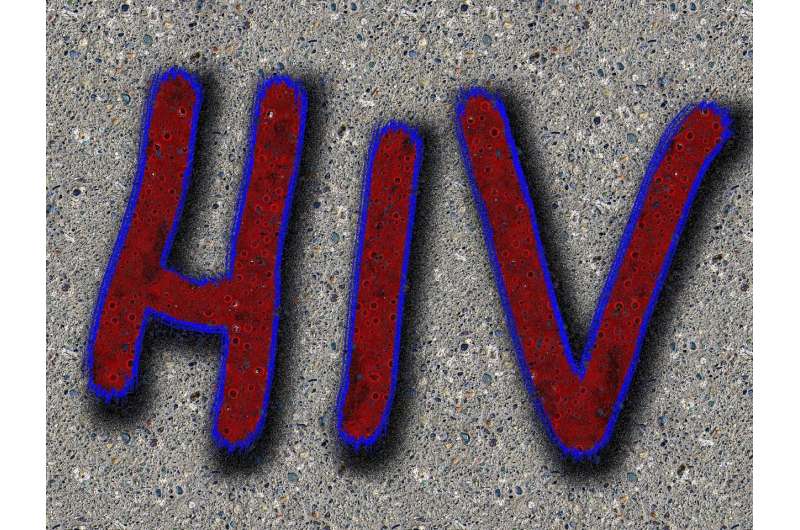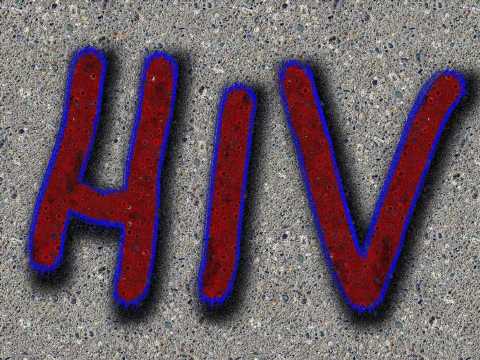
Anne Neilan, MD, a physician-scientist in the division of Infectious Diseases at Massachusetts General Hospital is the senior author of a recently paper titled “Daily Oral HIV Pre-exposure Prophylaxis Among Young Men Who Have Sex With Men in the United States: Cost-Saving at Generic Drug Price.”
What question were you investigating?
About one in five new HIV diagnoses in the United States occur among youth ages 13 to 24 years. Young men who have sex with men (YMSM) are account for 81% of new diagnoses in this age group in 2019. When taken daily as prescribed, oral PrEP reduces the risk of sexually acquiring HIV by about 99%. Compared to older men who have sex with men, YMSM are less likely to start PrEP and tend to have more challenges adhering to PrEP and remaining in care.
Our team wanted to understand how tenofovir-based daily oral HIV pre-exposure prophylaxis (PrEP) would compare to current CDC-recommended annual HIV screening in terms of clinical benefits and costs among U.S.-based YMSM in light of newly available generic PrEP medication and new CDC guidelines for PrEP use.
What methods or approached did you use?
Our research team used data from two studies conducted by NICHD’s Adolescent Medicine Trials Network for HIV Interventions. These studies examined the acceptability and feasibility of daily TDF-FTC among young men ages 15 to 22 years considered at increased risk of acquiring HIV because they because they engaged in condomless anal sex or had other sexually transmitted infections (STIs).
What were your findings?
The model projected that over 10 years, the generic PrEP strategy would reduce new HIV acquisitions from 37% to 30% and decrease costs by $5,000 per person, compared to annual screening.
The finding that PrEP would provide more benefits at lower cost held up across several scenarios, including a range of ART prices, HIV incidence rates, and PrEP retention rates.
Even if as few as 6% of young men remained in the PrEP program after six years, the strategy would still have benefits over annual screening.
Our team also found that offering generic PrEP in addition to screening every three months was more cost-saving than every-three-month screening alone.
What are the clinical implications?
Our findings show us that we would be throwing away both lives and money by failing to implement generic PrEP in this population. Policies that create barriers to PrEP access for this population—such as the recent Braidwood Management versus Becerra case, which overrules ACA-mandated employer-based coverage for HIV PrEP—aren’t justifiable on clinical or economic grounds.
What are the next steps?
Our research team’s next step is to understand the value interventions to improve access to and adherence to existing and novel HIV prevention strategies in adolescents and young adults in the US and abroad.
The study is published in the journal Clinical Infectious Diseases.
More information:
Anne M. Neilan, Daily oral HIV pre-exposure prophylaxis among young men who have sex with men in the United States: cost-saving at generic drug prices, Clinical Infectious Diseases (2023). DOI: 10.1093/cid/ciad566
Journal information:
Clinical Infectious Diseases
Source: Read Full Article
